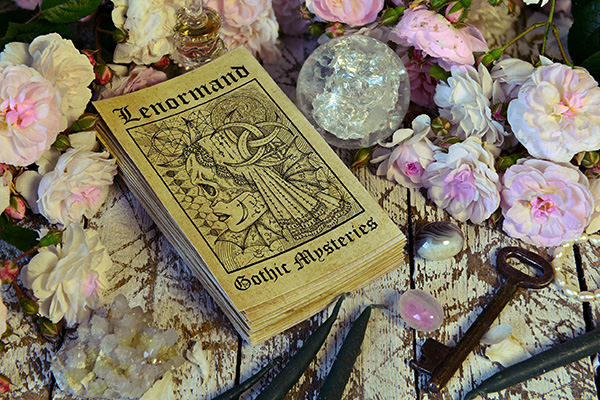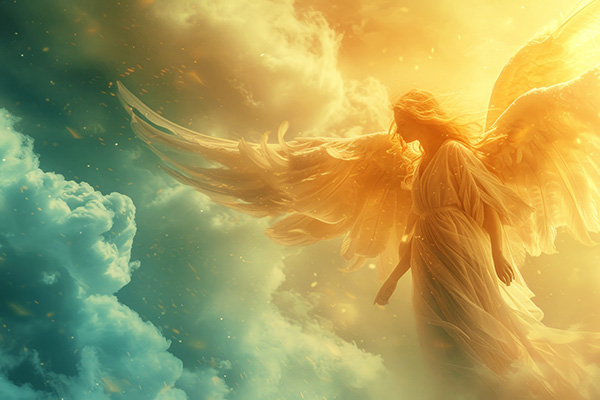divination readings
Tarot Forecast April 2024: Queen Of Wands
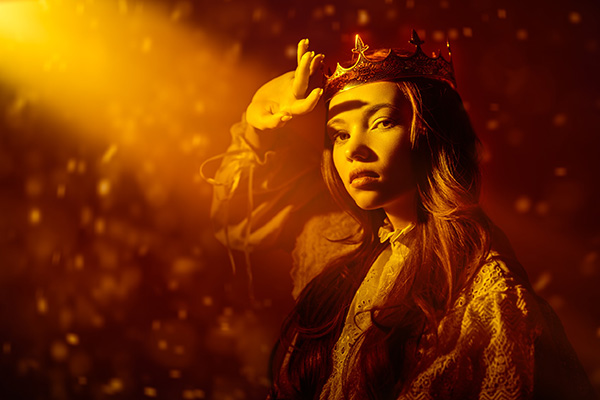 This month the Queen of Wands, a figure of authority and natural leadership, brings confidence, determination, and the ability to charm and inspire those around us. She is the Queen of Fire, symbolizing creativity, vitality and passion.
This month the Queen of Wands, a figure of authority and natural leadership, brings confidence, determination, and the ability to charm and inspire those around us. She is the Queen of Fire, symbolizing creativity, vitality and passion.
In the coming month we should be attuned to our ambitions as they may be strengthened. We may feel inspired to set new goals and make firmer decisions. There will be new motivational energies in our careers or businesses that will make it easier to keep our work goals and projects on track. This same energy will push us to get things done and take us to the next step.
The energy of the Queen of Wands calls us to tap into our inner self with instinct and confidence. As we face challenges in our professional or personal lives, our greatest asset this month is our self-awareness and ability to lead with confidence. Her energy will allow us to take control of situations that require a bold approach.
The Queen advises us to maintain our ideas and visions, especially in environments where our charisma can help others toward a common goal. Remember, to share is to care, so don’t hold back your gifts.
The Spiritual Practice Of Rune Reading
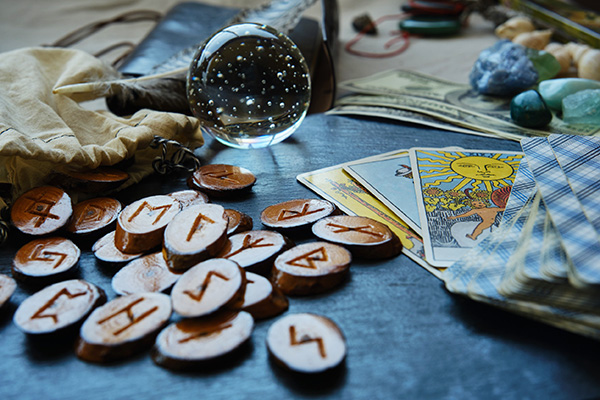 I have recently reintroduced rune reading into my daily spiritual routine. I had briefly dabbled in it a few years ago when I was exploring various methods of divination.
I have recently reintroduced rune reading into my daily spiritual routine. I had briefly dabbled in it a few years ago when I was exploring various methods of divination.
But this time, as my quest has become more personal due to recent events in my life, and I found myself remembering much of what I had learned years ago, the decision to use the runes again has proven to be a deeply enriching experience.
I have since discovered that the runes are a fantastic spiritual tool for deeper introspection, inner guidance, and connection to the universal spiritual principles that underlie these small tablets of ancient wisdom.
The term “rune” itself means “secret” or “mystery” in Old Germanic languages, reflecting their traditional use for various purposes, including writing, divination, and magical practices. Each runic tablet or stone contains a character from the ancient alphabets of early Germanic and Scandinavian cultures, including the Elder Futhark, which is the oldest form of the runic alphabet.
The Elder Futhark dates from the 2nd to 8th centuries and consists of 24 runes, each with its own unique meaning and symbolism. I use the Elder Futhark, which is the most commonly used rune set in divination practices, just as the Rider-Waite Tarot deck is the most commonly used in cartomancy.
New Audio Features On PsychicAccess.com
 We are thrilled to announce the launch of our innovative new audio features that will elevate and enrich your experience with our live psychic advisors at PsychicAccess.com
We are thrilled to announce the launch of our innovative new audio features that will elevate and enrich your experience with our live psychic advisors at PsychicAccess.com
In response to a fast-evolving digital landscape, we are now offering audio profiles for our expert team of psychics, mediums, and diviners, along with audio versions of our most popular articles on spirituality, metaphysics, energy healing, and psychic ability.
In an age where smartphones and portable devices dominate online interactions, taking the time to read in-depth articles and other content can sometimes be challenging. Recognizing the importance of accessibility and user-friendly experiences, Psychic Access is now offering you a more convenient option by incorporating audio elements into our platform.
When you visit our website for a psychic reading, you can seamlessly listen to the bios of our team of psychics and gain a deeper understanding of their unique skills, specialties, and professional background.
You can also access cutting-edge psychic insights and spiritual guidance without compromising your on-the-go lifestyle because we are introducing audio transcripts of our featured articles that you can easily stream or download while commuting, exercising, or multitasking.
The Power Of Precision In Psychic Reading
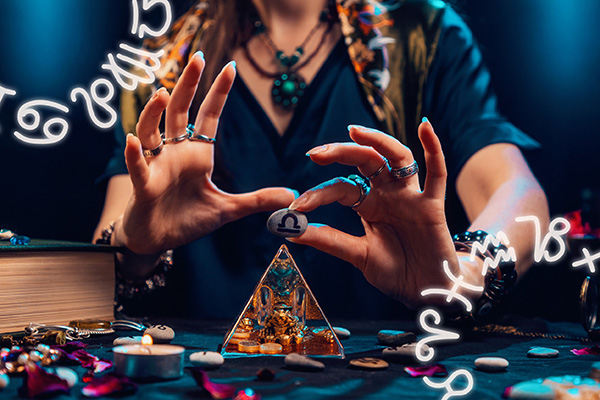 As a professional rune reader, I’ve come to appreciate the profound importance of preparation and precision in any psychic reading. The core element is the clarity of the question asked, which is paramount in any reading.
As a professional rune reader, I’ve come to appreciate the profound importance of preparation and precision in any psychic reading. The core element is the clarity of the question asked, which is paramount in any reading.
I find that clients who approach a reading with clear questions and sincere intentions usually receive the most transformative insights and accurate answers.
In the runic tradition, the clarity of the question has always been central to the practice. From ancient times to the present, seekers have always understood that the runes respond most powerfully to direct inquiries. I’ve seen firsthand how precise questions can serve as a beacon, directing the energy of the reading to the heart of the matter.
Various runic traditions, including Norse, Germanic, and Anglo-Saxon, have always emphasized the importance of asking clear and specific questions.
Ancient teachings also suggest that when consulting the runes, one should approach the practice with honor and respect. Questions should be asked with a sincere and genuine intent, recognizing the sacred nature of the runic symbols and the guidance they provide.
